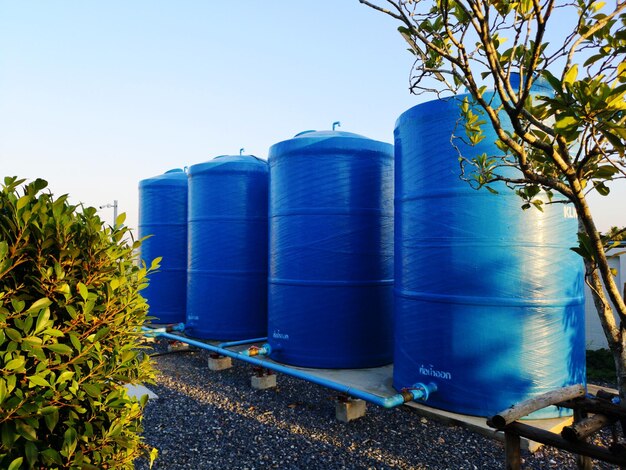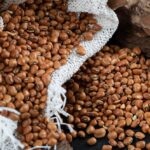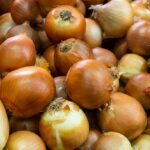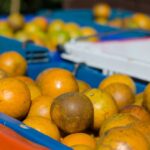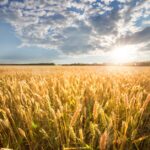Rainwater harvesting is a valuable practice for South African farmers, especially given the country’s semi-arid climate and unpredictable rainfall patterns. It provides a sustainable source of water for irrigation, livestock, and other agricultural needs. However, improper planning or implementation can lead to inefficiencies or even system failure. Here are 10 common mistakes farmers make in rainwater harvesting and how to avoid them.
1. Inadequate Roof or Catchment Area Design
A common mistake is using inappropriate roofing materials or underestimating the size of the catchment area. Roofs made from thatch, for example, absorb water, reducing collection efficiency. Farmers should use materials like corrugated iron or metal sheets to maximize water runoff. Additionally, the size of the roof should align with the farm’s water demand and expected rainfall.
2. Poorly Designed Gutters and Downpipes
Improper gutter installation or insufficient capacity can lead to water overflow during heavy rains. Ensure gutters are sloped correctly to direct water efficiently to the downpipes. Use durable materials like PVC or galvanized steel and ensure the gutter size matches the rainfall intensity in your area.
3. Using Improper or Dirty Storage Tanks
Some farmers use inappropriate storage tanks that are either too small, prone to leaks, or made of unsuitable materials. Tanks should be made of UV-resistant materials, be adequately sealed to prevent contamination, and have sufficient capacity to store water for dry periods. Regular cleaning of tanks is also crucial to avoid algae growth and sediment buildup.
4. Neglecting Pre-Filtration Systems
Skipping pre-filtration systems results in debris, dirt, and organic matter entering the storage tanks. Install leaf guards, mesh screens, or first-flush diverters to filter out contaminants before water enters the tank. This minimizes the risk of clogging and water contamination.
5. Lack of Maintenance
Rainwater harvesting systems require regular upkeep. Neglecting to clean gutters, pipes, or tanks can lead to blockages, reduced efficiency, and water quality issues. Set a maintenance schedule to inspect and clean the system, especially before and after the rainy season.
6. Overlooking Water Quality Testing
Farmers often assume harvested rainwater is safe for use without testing. However, contaminants from roofing materials, bird droppings, or nearby pollutants can affect water quality. Regularly test the water, especially if it’s used for irrigation of edible crops or livestock consumption.
7. Ignoring Overflow and Drainage Systems
Many farmers fail to plan for overflow during heavy rains. Without proper drainage, excess water can cause soil erosion, flooding, or damage to nearby structures. Incorporate overflow outlets and direct excess water to swales, ponds, or recharge pits to maximize its utility.
8. Underestimating Water Demand
A common mistake is not aligning storage capacity with the farm’s actual water needs. This leads to water shortages during dry spells. Farmers should calculate daily water requirements for crops, livestock, and other uses, and design their system to meet these demands.
9. Failing to Consider Climate Variability
South Africa’s rainfall patterns vary greatly by region and season. Farmers often overlook these variations, resulting in insufficient harvesting during droughts. Study historical rainfall data in your area and design your system to harvest maximum water during peak rainy periods.
10. Not Leveraging Multiple Catchment Areas
Relying solely on one roof or catchment area limits the amount of water harvested. Farmers should consider using additional catchment areas like barn roofs, shade netting, or open fields with contour ridges to collect more water.
Rainwater harvesting is a sustainable way to address water scarcity on South African farms, but it must be done correctly. Avoiding these common mistakes ensures maximum water collection, optimal storage, and improved water quality. With proper planning, maintenance, and adaptation to local conditions, farmers can secure their water needs and enhance agricultural productivity even in challenging climates.

